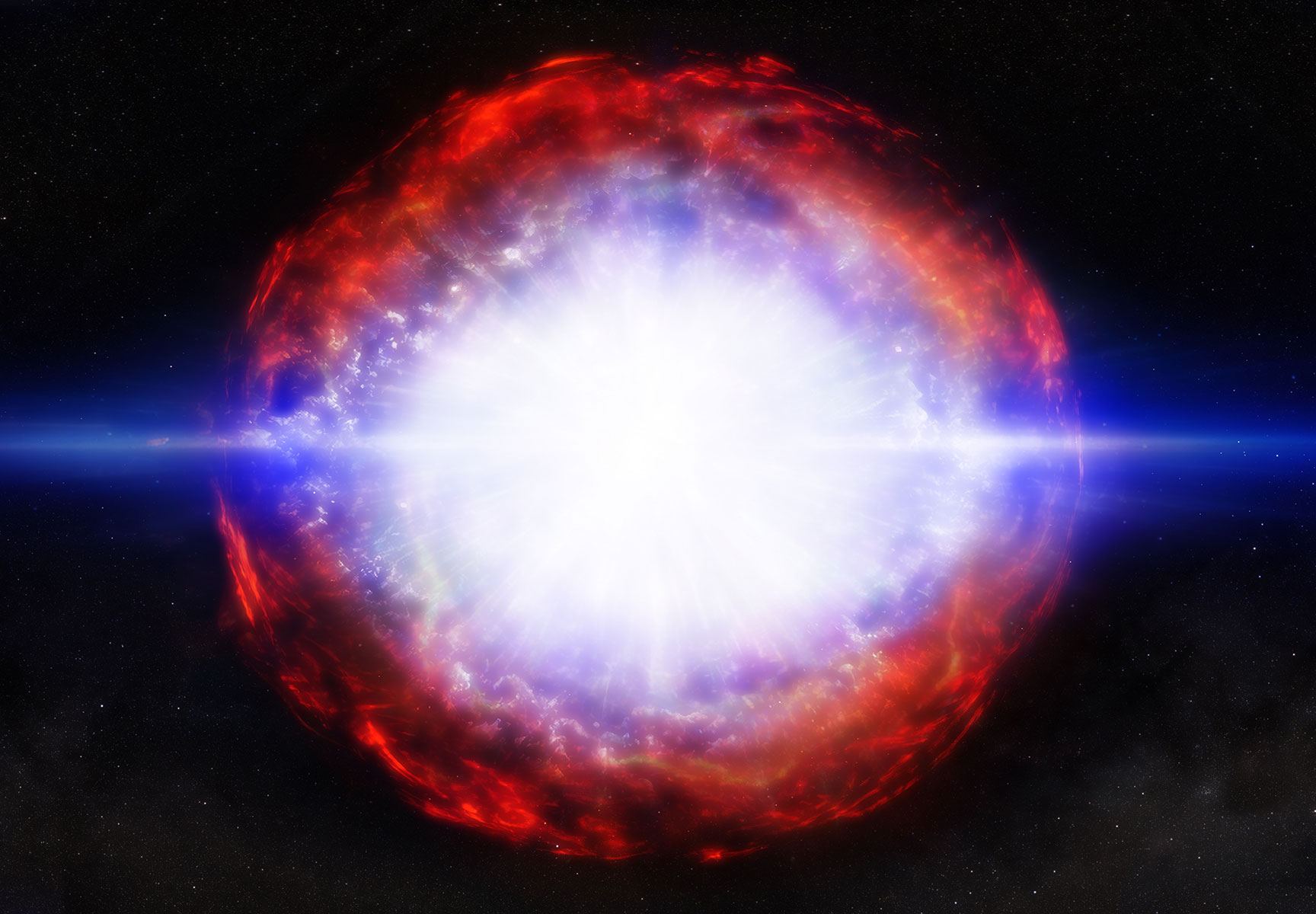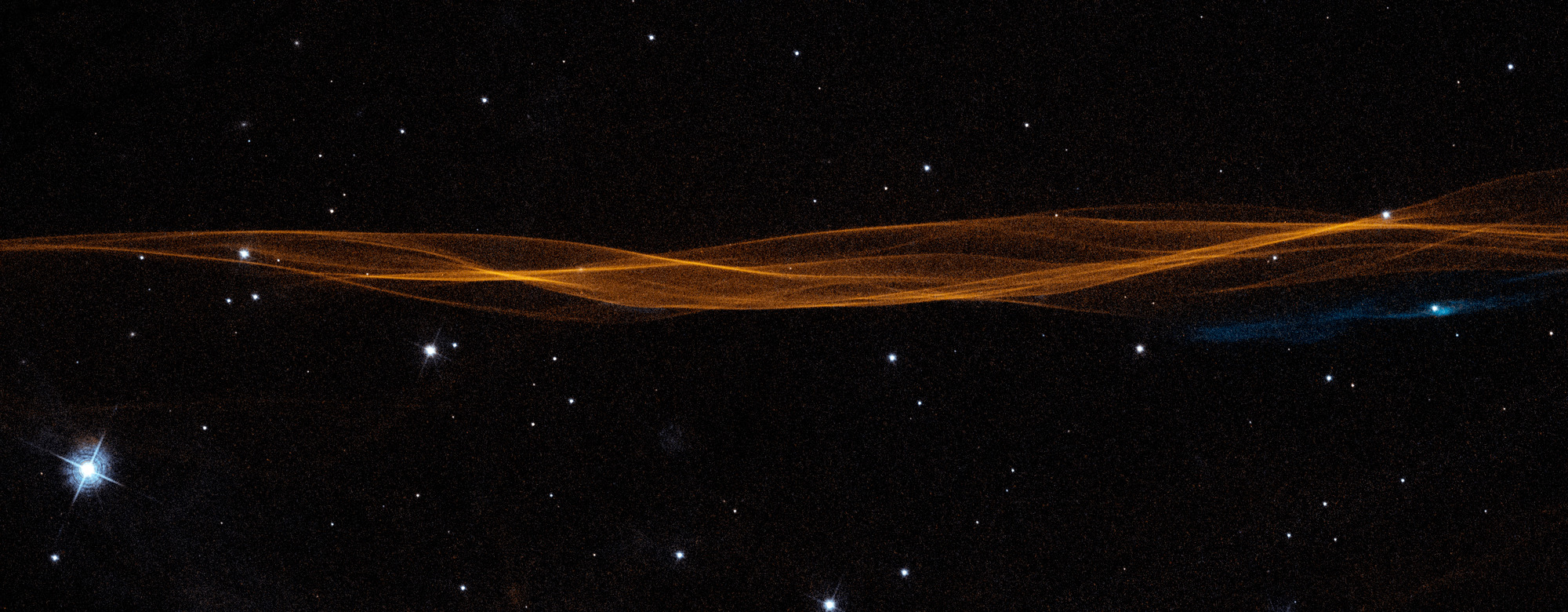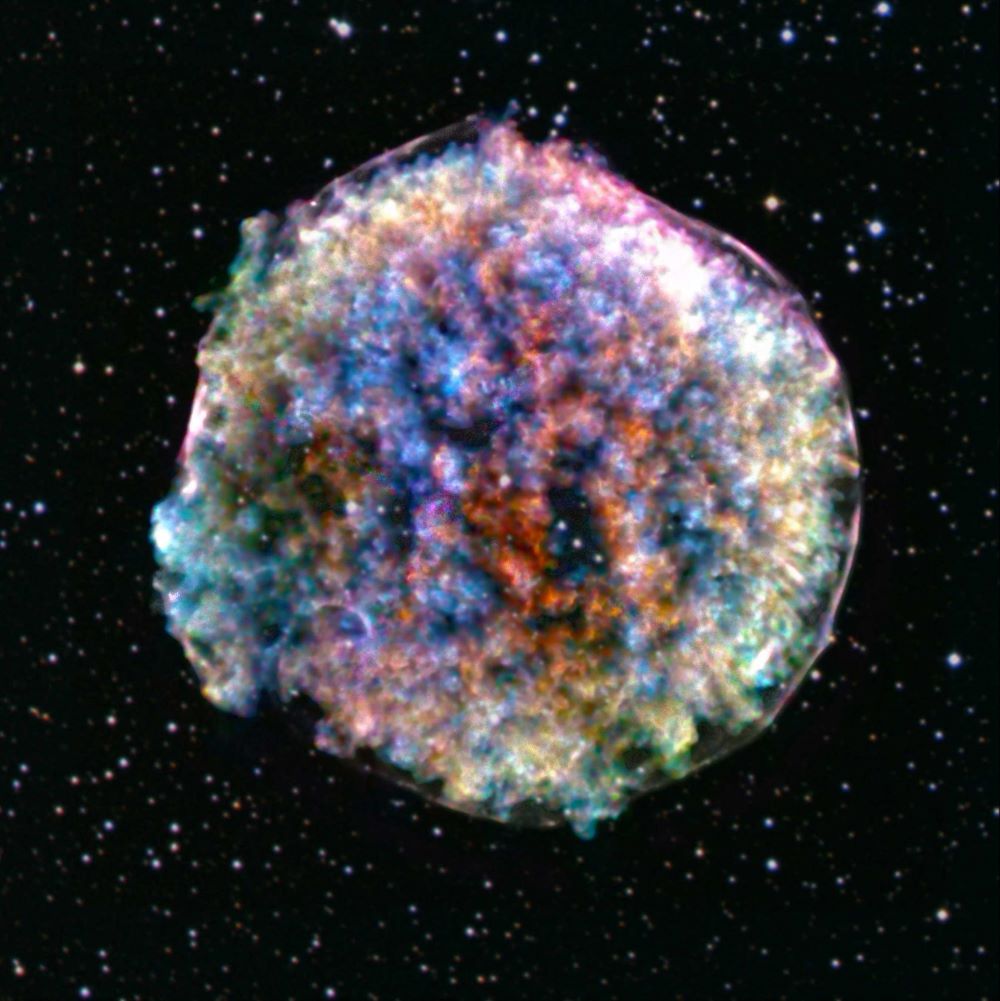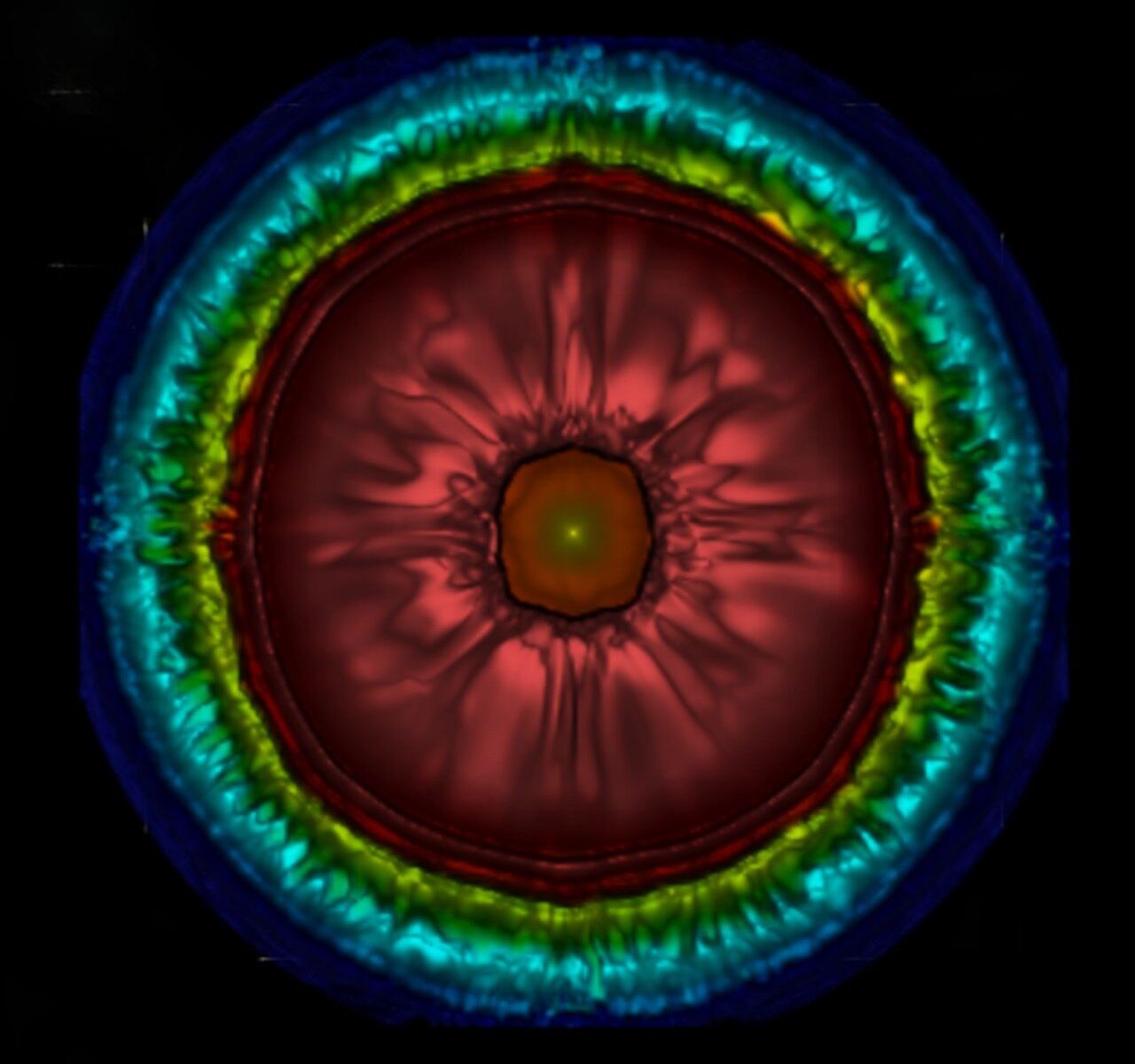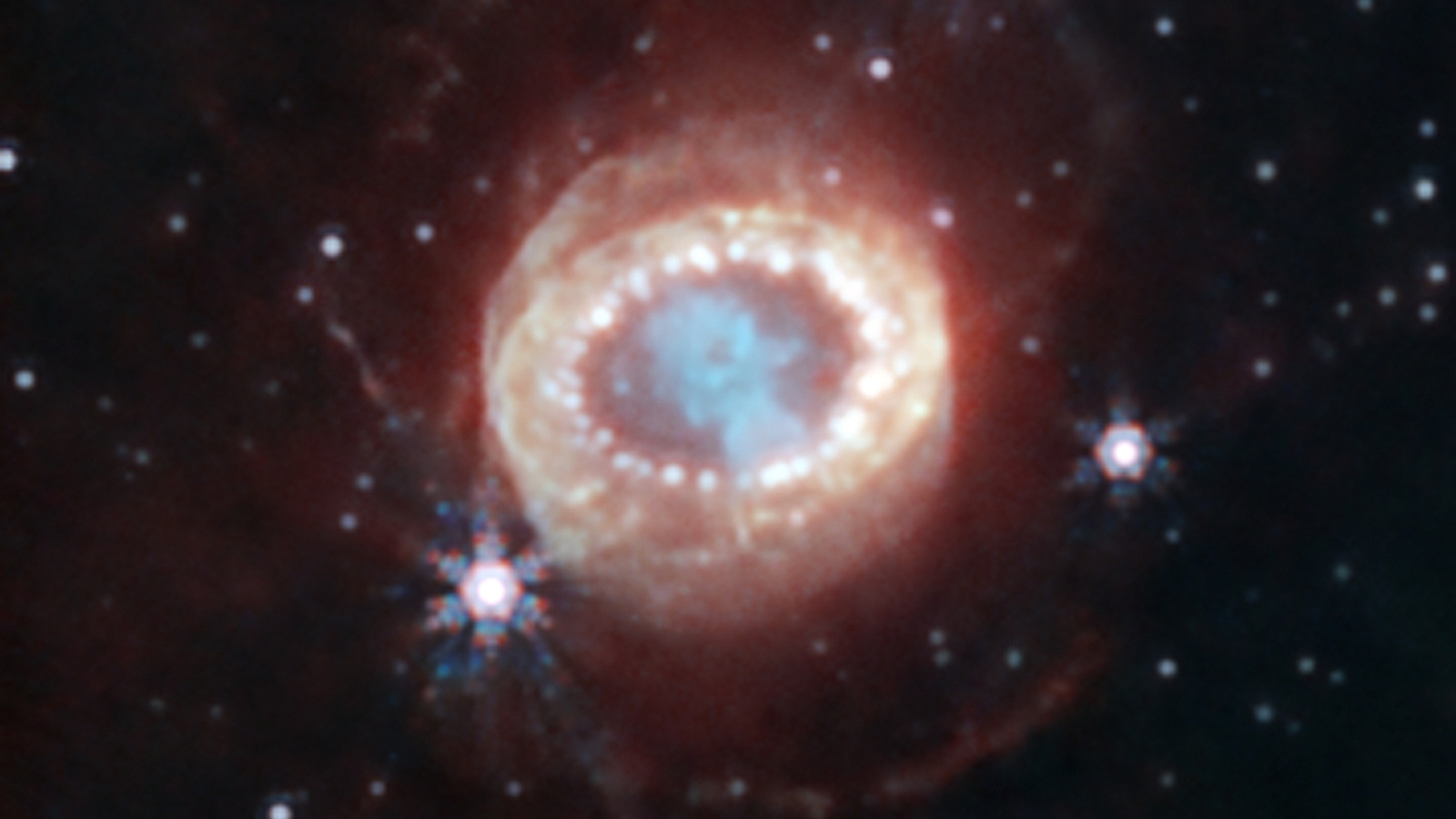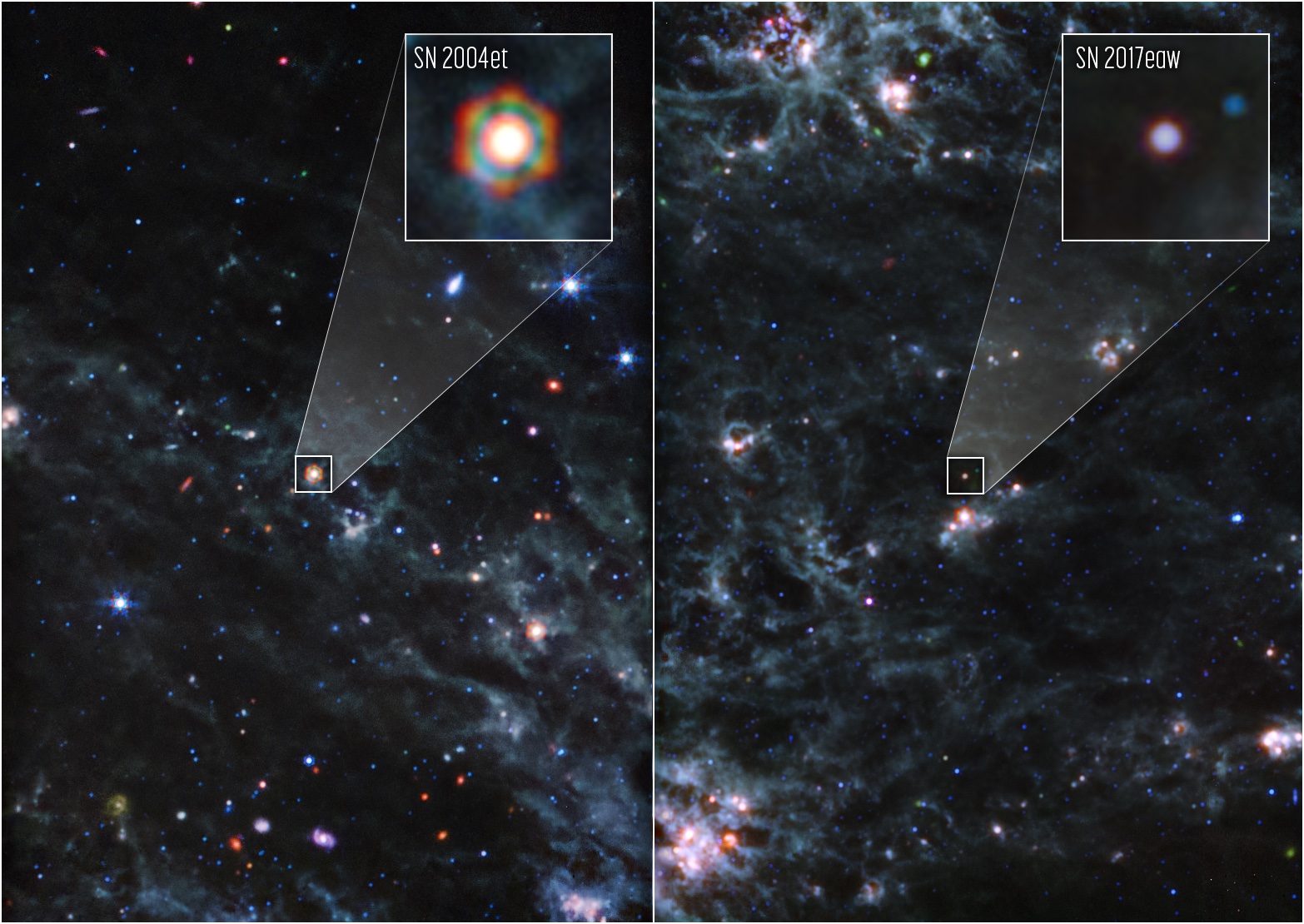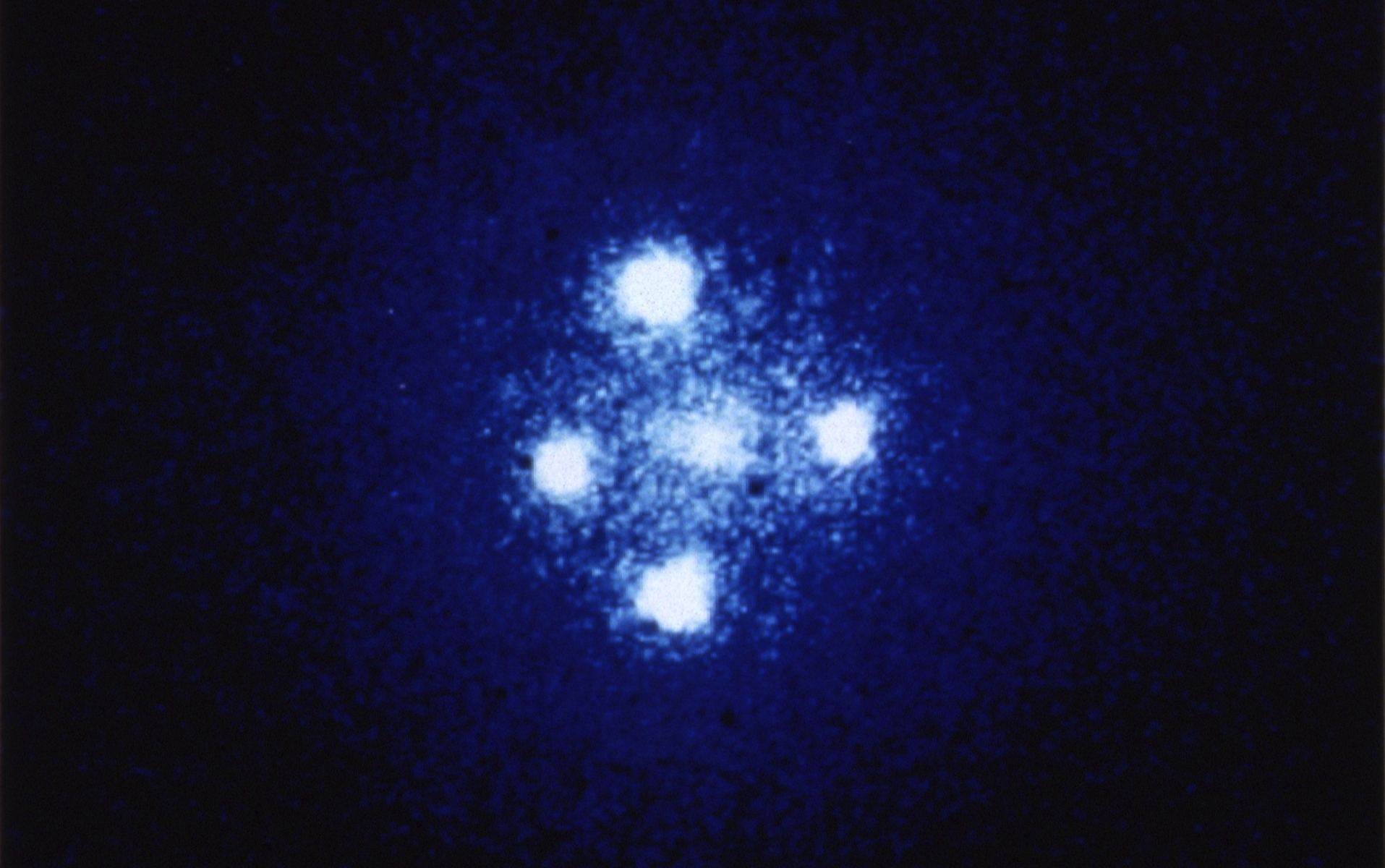What happens just before a massive star explodes as a supernova? To figure that out, astronomers need to look at very “young” supernovae across multiple wavelengths of light. That’s what happened when SN 2023ixf occurred in May 2023. It turns out its aging progenitor star blew off a solar mass worth of material just before it died. Now, the big question is: why?
Continue reading “A Star Threw Off a Sun’s Worth of Material. And Then it Exploded!”A Star Threw Off a Sun’s Worth of Material. And Then it Exploded!
